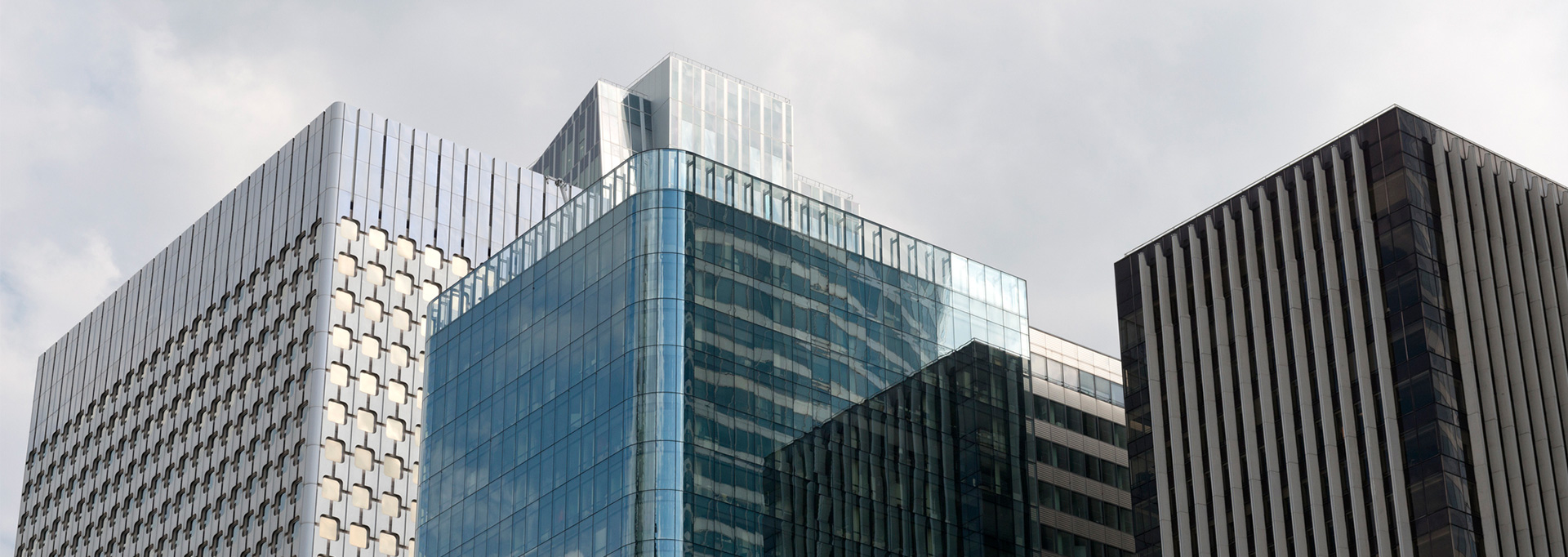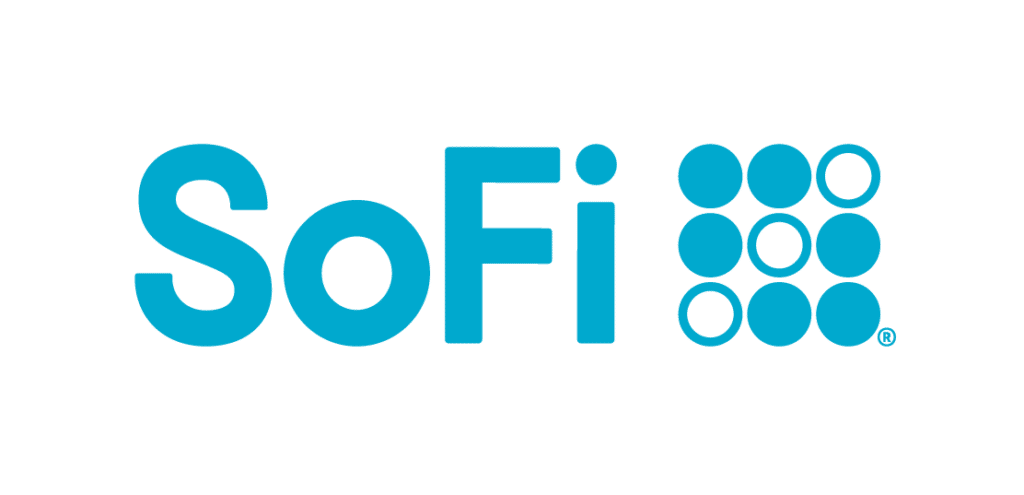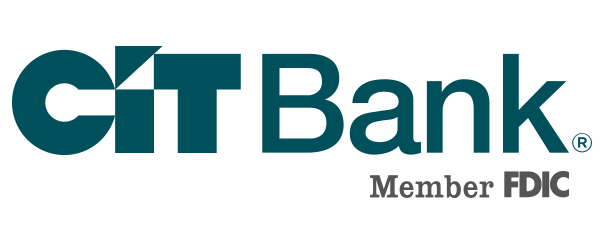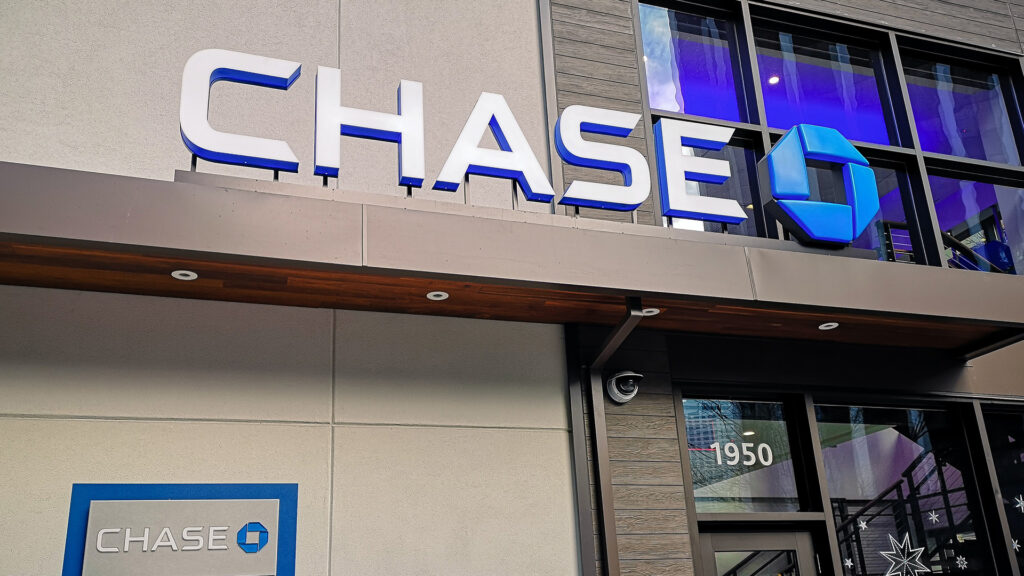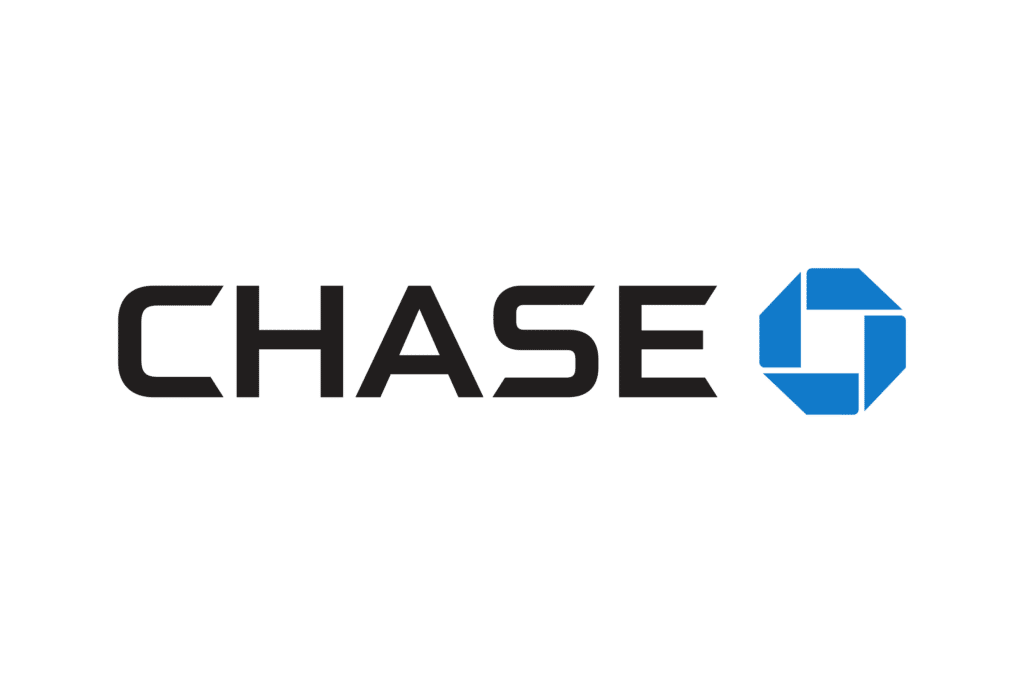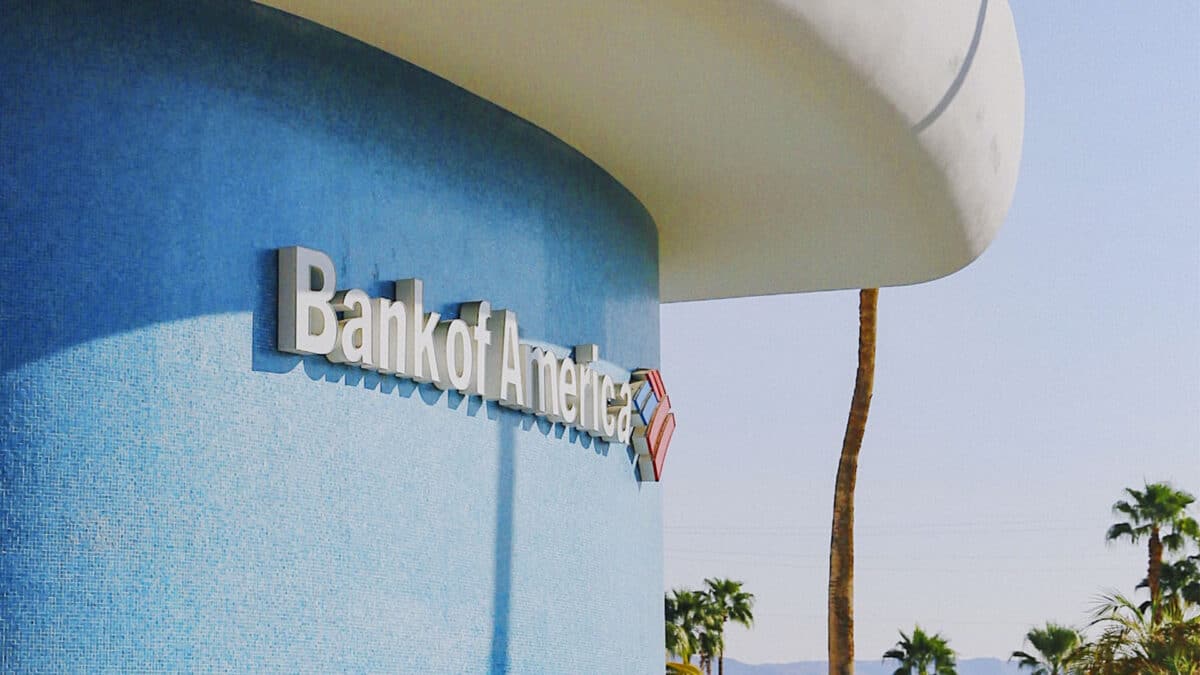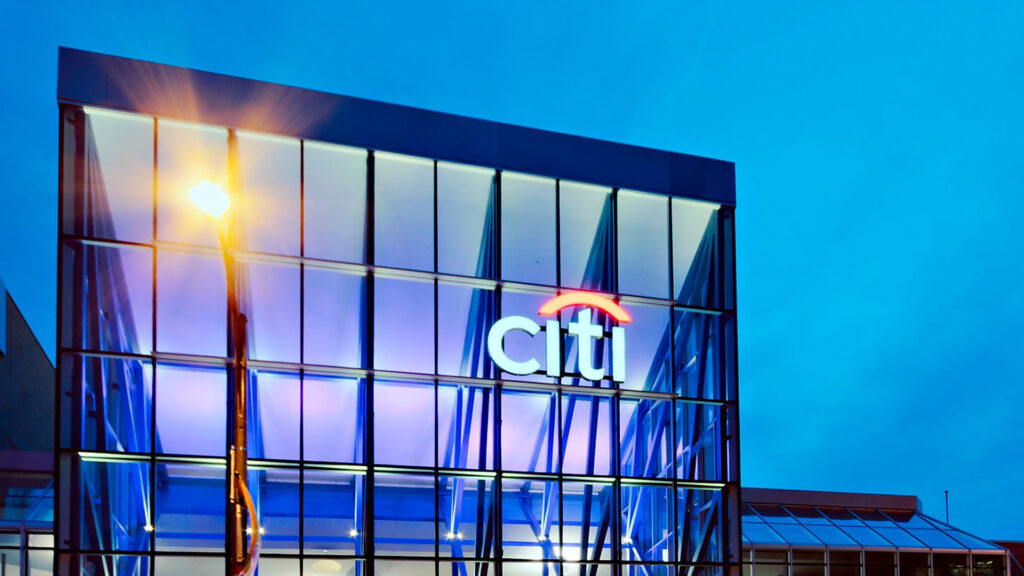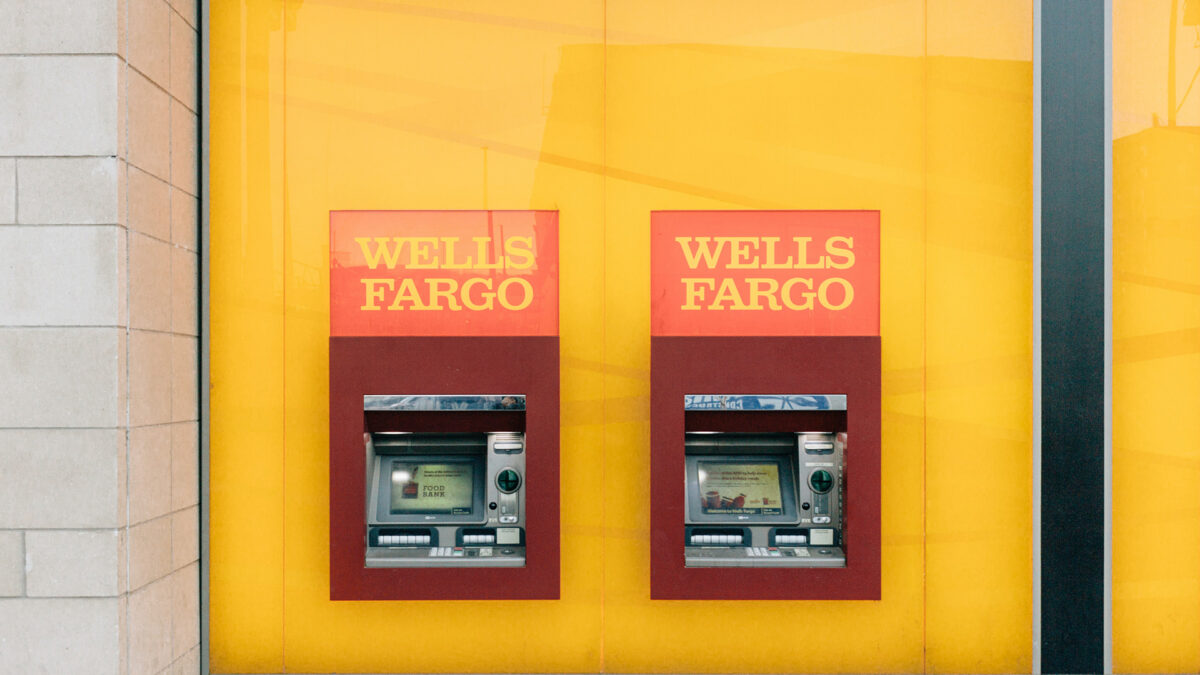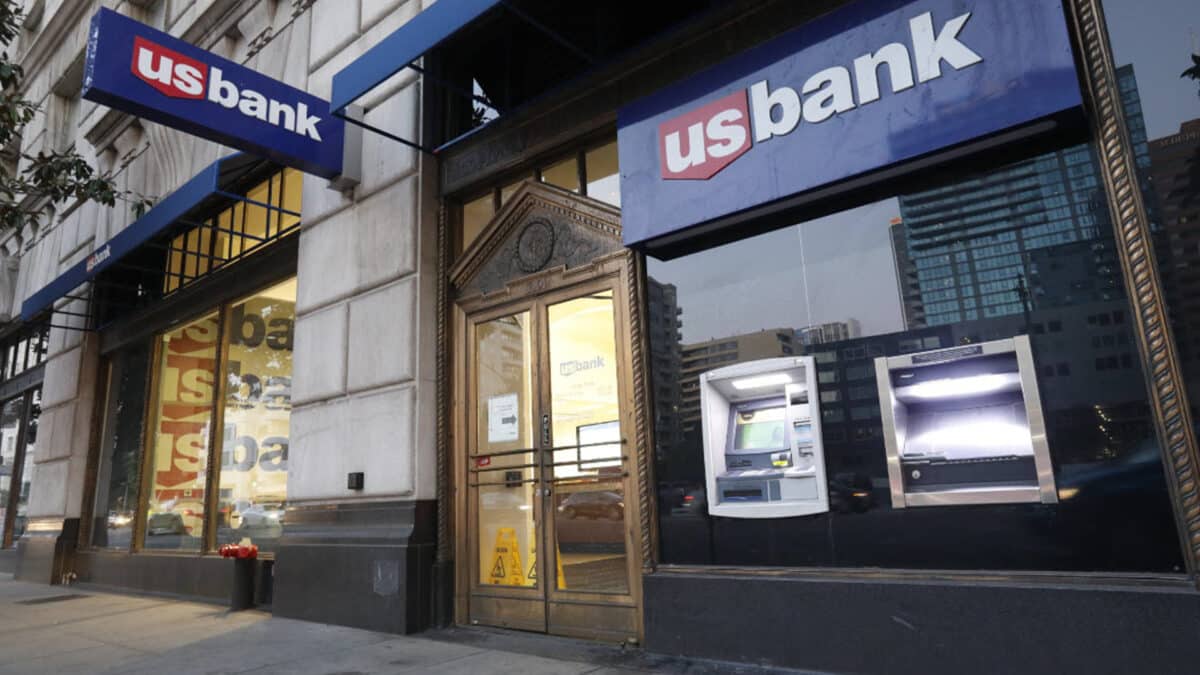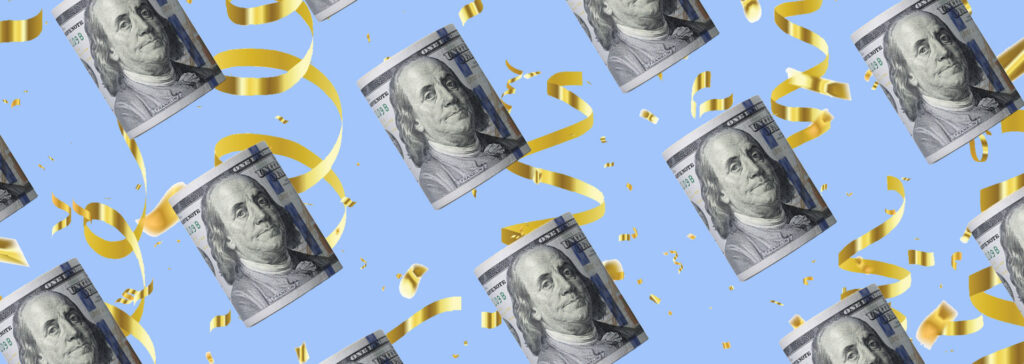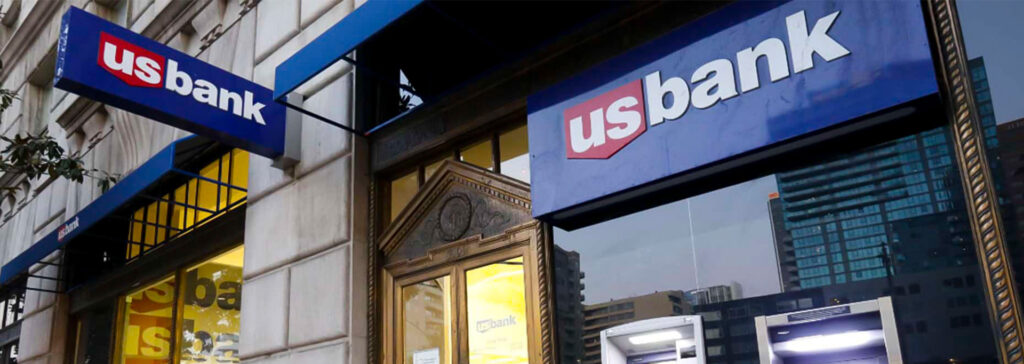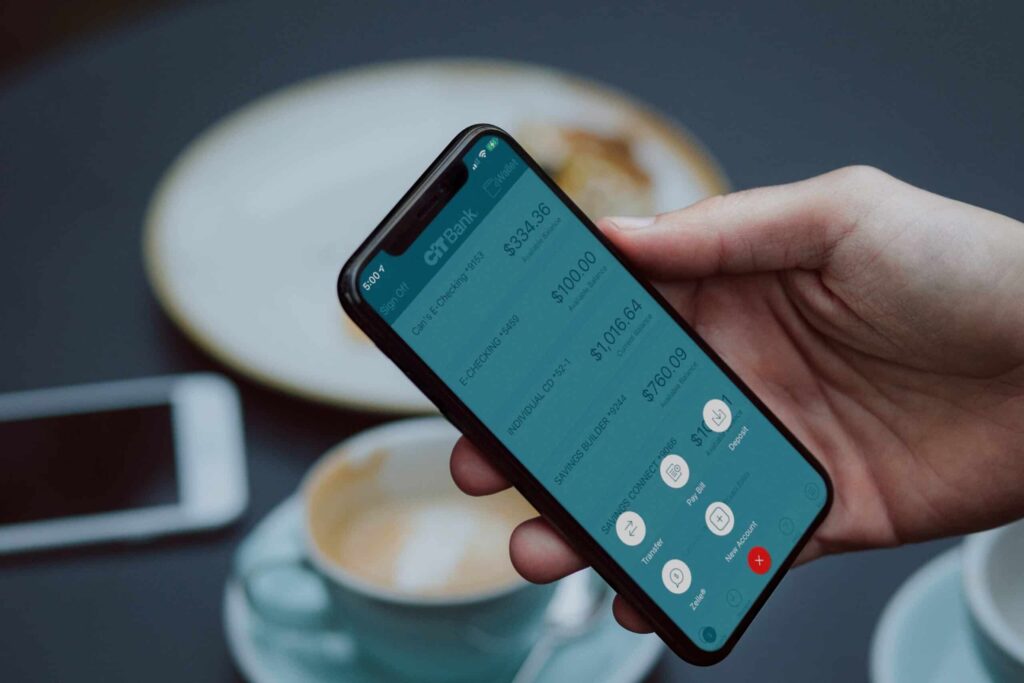Most products on this page are from partners who may compensate us. This may influence which products we write about and where and how they appear on the page. However, opinions expressed here are the author's alone, not those of any bank, credit card issuer, airline or hotel chain. This page may include information about American Express products currently unavailable on Slickdeals. American Express is not a partner of Slickdeals.
In March 2023, Silicon Valley Bank and Signature Bank® failed, causing panic among investors and consumers alike. While these banks were largely impacted by company-specific risks, it's natural to wonder whether your money is safe and if you should switch to a different financial institution.
Here's what to know about whether your money is safe, along with a list of safe banks to consider if you're still concern
Recommended High-Yield Savings Accounts
| Bank Account | APY | Features | Learn More |
|---|---|---|---|

UFB Direct Portfolio Savings Account |
3.90%
UFB Direct breaks balances into five tiers, but, currently, there is only one interest rate. |
No minimum deposit |
This product is currently not available via Slickdeals. All information about this product was collected by Slickdeals and has not been reviewed by the issuer. |
|
Member FDIC |
0.50% - 3.80%
SoFi members who enroll in SoFi Plus with Eligible Direct Deposit or by paying the SoFi Plus Subscription Fee every 30 days or SoFi members with $5,000 or more in Qualifying Deposits during the 30-Day Evaluation Period can earn 3.80% annual percentage yield (APY) on savings balances (including Vaults) and 0.50% APY on checking balances. There is no minimum Eligible Direct Deposit amount required to qualify for the stated interest rate. Members without either SoFi Plus or Qualifying Deposits, during the 30-Day Evaluation Period will earn 1.00% APY on savings balances (including Vaults) and 0.50% APY on checking balances. Interest rates are variable and subject to change at any time. These rates are current as of 1/24/25. There is no minimum balance requirement. If you have satisfied Eligible Direct Deposit requirements for our highest APY but do not see 3.80% APY on your APY Details page the day after your Eligible Direct Deposit arrives, please contact us at 855-456-7634. Additional information can be found at http://www.sofi.com/legal/banking-rate-sheet. See the SoFi Plus Terms and Conditions at https://www.sofi.com/terms-of-use/#plus. |
No minimum deposit |
Open Account |
|
|
3.75%
Platinum Savings is a tiered interest rate account. Interest is paid on the entire account balance based on the interest rate and APY in effect that day for the balance tier associated with the end-of day account balance. *APYs — Annual Percentage Yields are accurate as of November 20, 2025: 0.25% APY on balances of $0.01 to $4,999.99; 3.75% APY on balances of $5,000.00 or more. Interest Rates for the Platinum Savings account are variable and may change at any time without notice. The minimum to open a Platinum Savings account is $100. |
$100 minimum deposit |
Open Account |
|
|
3.65%
APY — Annual Percentage Yield is accurate as of November 20, 2025. Interest Rates for the Savings Connect Account are variable and may change at any time without notice. The minimum to open a Savings Connect account is $100. Fees could reduce earnings on the account. |
$100 minimum deposit |
Open Account |
<-- scroll for more details -->
Is Your Money Safe in 2023?
Generally speaking, if your money is in an FDIC-insured account, it is safe. This typically includes checking, savings and some other account types (but not investment accounts). After the bank runs that caused the Great Depression, Congress created the Federal Deposit Insurance Corporation (FDIC). Banks pay into the agency's Deposit Insurance Fund, which protects consumers when a bank fails. The FDIC provides up to $250,000 in insurance per depositor, per insured bank, for each account ownership category. The National Credit Union Share Insurance Fund provides the same protection for credit union members.
Since 2000, 563 banks have failed, and the FDIC has paid out insurance proceeds to bank customers in every instance, usually the next business day in the form of a new account with another bank or a check.
According to experts, regional banks are the most at risk of the potential ripple effects caused b
5 Safest Banks in the U.S.
If you're shopping around for a new bank, there are some key features to watch out for. First and foremost, make sure the bank you're considering is an FDIC member — most banks are, but it still doesn't hurt to check.
Additionally, larger banks tend to be safer because their assets are more diversified, and they're more heavily regulated to prevent failure. With that in mind, here are some banks to cons
| Bank | Assets |
|---|---|
|
JP Morgan Chase |
$3.2 trillion |
|
Bank of America |
$2.42 trillion |
|
Citi |
$1.77 trillion |
|
Wells Fargo |
$1.72 trillion |
|
U.S. Bank |
$585 billion |
If you're in the market for a new bank, check out the current best bank sign-up bonuses.
1. Chase
With more than $3.2 trillion in assets, JPMorgan Chase is the largest bank in the U.S. and the fifth-largest bank in the world. The bank was founded as Chase National Bank in 1877 but can trace its roots as far back as 1799 when the Bank of the Manhattan Company was founded — the two banks merged in 1955.
In its most recent earnings report, Chase listed a net income of $11 billion for the fourth quarter of 2022 and a net income of $37.7 billion for the full year.
The bank offers a wide range of financial products and services, including both consumer and business bank accounts, credit cards, auto loans, home loans and an investment platform. The bank is FDIC insur
Accounts to Consider
Chase Total Checking® Account
- Our Rating 4/5 How our ratings work
- APYN/A
- Minimum
Deposit RequiredN/A -
Intro Bonus
$300Expires April 17, 2024
New Chase checking customers enjoy a $300 bonus when you open a Chase Total Checking® account and make direct deposits totaling $500 or more within 90 days of coupon enrollment.
Chase Total Checking® is among the best entry-level accounts. It typically offers a solid bonus, and you don't have to jump through many hoops to earn it. On top of that, it’s fairly simple to waive the $12 monthly fee. However, it's worth noting that it doesn’t offer many valuable features or benefits and it’s not an interest-bearing checking account.
Overview
Chase Total Checking® is a basic checking account that doesn’t offer many premium features. However, if you can easily meet the qualifications required for the new account bonus (and to waive its monthly fee), it’s a good option for those who want an entry-level account.
Pros
- No minimum opening balance
- Multiple ways to waive monthly fee
- Bonus is relatively easy to earn
- Access to nationwide Chase branches and ATM network
Cons
- Monthly maintenance fee
- Account does not earn interest
Chase Secure Banking℠ Checking Account
- Our Rating 3/5 How our ratings work
- APYN/A
- Minimum
Deposit RequiredN/A -
Intro Bonus
$100Expires October 18, 2023
New Chase checking customers enjoy a $100 checking account bonus when you open a Chase Secure BankingSM account with qualifying transactions. Qualifying transactions include debit card purchases, Zelle®, ACH credits, Chase QuickDepositSM or online bill payments. Your bonus will appear in your account within 15 days after completing the qualifying transactions.
Chase Secure Banking℠ is best suited for people who have had spending issues in the past, or who are new to checking entirely. It does not offer overdraft protection, paper checks or wire transfers. While the $4.95 monthly fee cannot be waived, there is usually a sign-up bonus, which is a nice touch.
Overview
Chase Secure Banking℠ is an alternative-style checking account that aims to make it easier for certain customers to manage their money by stripping out features that could enable overspending, like overdraft protection and paper checks.
Pros
- No minimum opening balance
- Access Chase’s network of in-person branches and fee-free ATMs
- No fees for money orders or cashier’s checks
Cons
- Monthly service fee cannot be waived
- Does not offer overdraft protection, paper checks or wire transfers
- Non-Chase ATM fees
2. Bank of America
Bank of America, which has roots that go back to 1784 when Massachusetts Bank was chartered, is the second-largest bank in the U.S. with $2.42 trillion in assets.
In the fourth quarter of 2022, Bank of America reported $7.1 billion in net income. For the whole year, the bank earned a net income of $27.53 billion.
Bank of America offers a suite of financial products and services, including consumer and business bank accounts, credit cards, home loans, auto loans and an investing platform. The bank also rewards loyal customers with its Preferred Rewards program, which offers discounts, rewards and other perks to customers with $20,000 or more in eligible deposits. The bank is FDIC insur
3. Citi
Citi® first opened its doors in 1812 under the name First National City Bank. Now, the financial institution is the third-largest bank in the nation, with $1.77 trillion in assets.
In the fourth quarter of 2022, Citi's net income was reported at $2.5 billion, and for the full year, the bank earned $14.8 billion in net income.
As a Citi customer, you can take advantage of a variety of financial products and services, including consumer and business bank accounts, credit cards, personal loans and lines of credit, home loans, business loans and an investment platform. The bank is FDIC
4. Wells Fargo
Like other banks on our list, Wells Fargo has a rich history that began in 1852. Now, the bank is the fourth largest in the U.S., with $1.72 trillion in assets.
For the fourth quarter of 2022, Wells Fargo reported $2.87 billion in net income. For the full year, the company netted $13.18 billion.
Like other major banks, Wells Fargo offers a lot of products and services, including bank accounts for consumers and small businesses, credit cards, personal loans, auto loans, home loans, as well as investing and wealth management services. The bank is FDIC insure
5. U.S. Bank
U.S. Bank's predecessor, the First National Bank of Cincinnati, was chartered in 1863, remarkably making it the youngest bank on our list. While there's a big gap between Wells Fargo and U.S. Bank®, its assets are still sizable at $585 billion.
The bank reported a net income of $925 million for the fourth quarter of 2022 and $5.83 billion for the full year.
U.S. Bank offers several financial products and services to its customers, including personal and business bank accounts, credit cards, personal loans and lines of credit, home loans, auto loans, wealth management services and more. The bank is FDIC insured
Accounts to Consider
U.S. Bank Smartly® Checking Account (Member FDIC)
- Our Rating 4/5 How our ratings work
- Minimum
Deposit Required$25 -
Intro Bonus
Up to $450Expires January 28, 2026
Earn up to $450 when you open a new U.S. Bank Smartly® Checking account and complete qualifying activities. Subject to certain terms and limitations. Offer valid through January 28, 2026. Member FDIC. Offer may not be available if you are an existing U.S. Bank customer or live outside of the U.S. Bank footprint.
If you're interested in opening a checking account with U.S. Bank, the Bank Smartly Checking Account is likely the one you'll be most interested in. This account includes a wealth of standard banking features, such as mobile check deposits and automated bill pay. While the Bank Smartly Checking Account features a $12 monthly fee, it's relatively easy to waive, and you only need $25 to open an account.
Overview
The U.S. Bank Smartly® Checking Account is a pretty standard checking account; customers get access to handy features such as personalized financial insights, automated budgeting and access to U.S. Bank Smart Rewards®. While this account features a $12 monthly service fee, there are multiple ways to get it waived.
Pros
- Frequently offers valuable welcome offer
- No surcharge fees at MoneyPass® Network ATMs
- Monthly fee is waivable
Cons
- Monthly fee
- Account not available nationwide
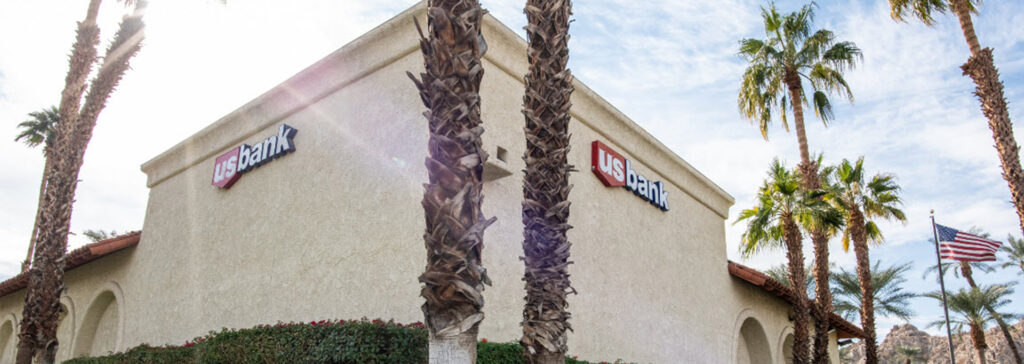 Related Article
Related Article
U.S. Bank Review: All of Your Banking Needs in One Place
How to Choose a Safe Bank
During times of economic uncertainty, making sure that your bank account deposits are insured is a top priority. Fortunately, most banks offer this benefit, so you don't necessarily need to go with a big bank to avoid risking your money.
With that said, it's still a good idea to consider a bank's history and financial standing as you shop around and compare your options. Even if you have insurance, a bank failure may force you to look for another bank anyway.
To find a safe bank for your hard-earned funds, look at these top factors:
- Accounts at the bank are FDIC insured
- The bank is big and holds a large number of assets
- The bank takes security of deposits and online accounts seriously
FDIC Insurance
Arguably, the most important factor to look for is FDIC insurance. The good thing is that most banks have at least $250,000 of insurance per account, but it’s always smart to check. You can ask the bank or check its website, as banks usually display their FDIC information online.
You can also look up the insurance on your existing bank account using the FDIC’s online tool or by calling the FDIC at 1-877-275-3342. (For the hearing impaired, call 1-800-877-8339.)
Bank Size and History
Larger banks are often safer. As we saw from the recent bank failures, regional banks are in a more precarious position than the massive national banks. Those big institutions hold more assets, so withdrawals typically have less impact. Similarly, banks that have been around for a long time may be more likely to have grown over time, have a long history of FDIC insurance and deeper experience.
If you prefer credit unions for their smaller size, you probably don’t have to worry. Just check that your organization is insured by the National Credit Union Administration, which insures similarly to the FDIC.
Security
Security didn’t play a role in the recent bank failures, but it’s something to keep in mind when searching for a safe bank. Look for one that takes the online security of your account seriously, with tools like two-factor authentication and encryption.
Choosing the Right Bank for You
When choosing the right bank, here are some important features to watch out for:
- Fees: Checking accounts with no monthly fee have become increasingly popular, but you may still get some benefit from using an account that charges one. While some banks may charge a monthly maintenance fee, check to see if you can easily get it waived. Also, look at overdraft fees, ATM fees and other costs that might incur.
- Features: Some bank accounts offer more benefits and perks than others. Features like rewards, interest and ATM fee reimbursements can add value to your everyday banking.
- Accessibility: Online banks often offer lower fees and better features than traditional banks and credit unions, but if you use a lot of cash or prefer in-person service, you may be out of luck. If you want a bank with physical branches, check the footprint to get an idea of how many are close to where you live.
As with any financial decision, take your time to shop around and compare multiple banks to determine the best fit for you. In some cases, it may be worth it to use accounts from multiple banks to take advantage of the benefits each may provi
Explore the Best Savings Accounts
Visit the Marketplace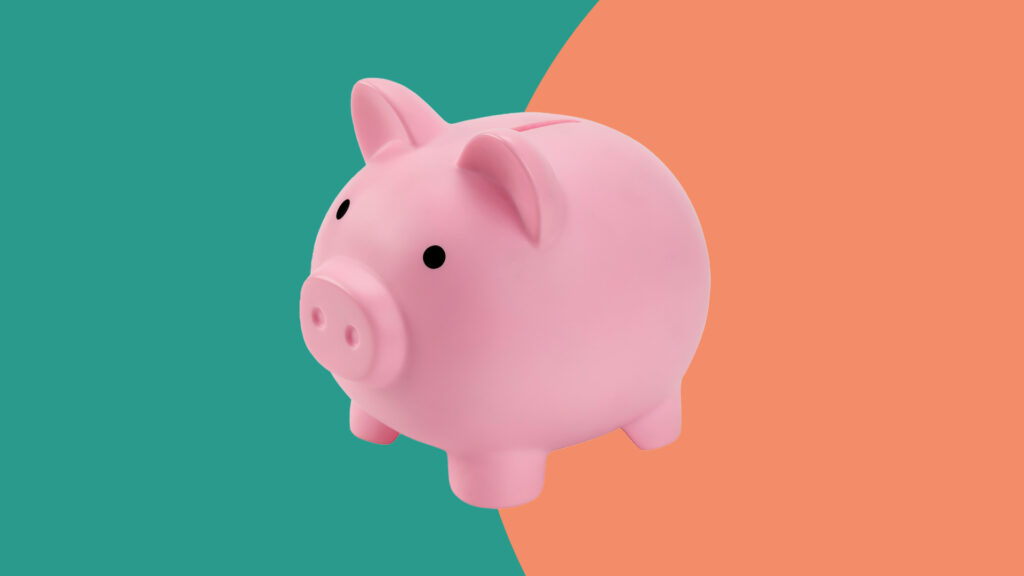
FAQs
-
If a credit union has insurance through the National Credit Union Administration, it is just as safe as a bank that has FDIC insurance. These two organizations offer very similar protections for deposits, typically $250,000 per depositor, per account type.
Some people feel safer at credit unions because they tend to be smaller and members have a stake in ownership, but others feel safer at large banks with a long history and big footprint. The most important thing is to check if the financial institution and account type you want are insured—either by the Federal Deposit Insurance Corporation (for banks) or the National Credit Union Administration (for credit unions).
-
Credit unions can fail, like banks, during a bank collapse or financial crisis, but it is extremely rare. Credit unions may be less likely to make riskier investments, but any edge they have over a traditional bank with FDIC insurance is debatable. If you have deposits in a credit union that are backed by NCUA insurance, your money is safe from credit union failure up to the limit provided by that credit union.
-
If an online bank has FDIC insurance, it is typically as safe as a brick-and-mortar bank. The big difference between these two types of financial institutions is that online banks have a much smaller footprint with no branches, so they tend to have more online services and less fees for consumers. Always check if any bank you’re considering has FDIC insurance.
-
Yes, it is very rare, but some banks are not FDIC insured. Always check if a bank has FDIC insurance before you deposit your funds. You can typically find this information prominently displayed on a bank’s website or check via the FDIC search tool.
-
Investment products that aren’t deposits, such as stocks, bonds and mutual funds are not insured by the FDIC. Cryptocurrencies, safe deposit boxes and life insurance policies are also not FDIC insured.
